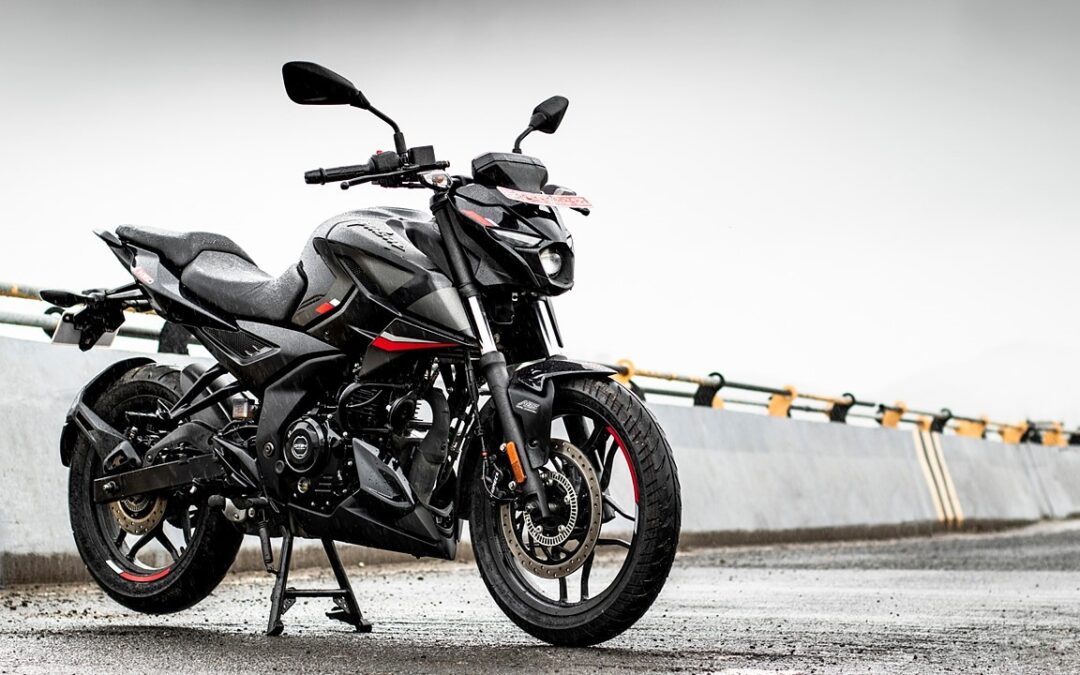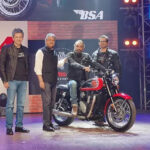The Bajaj Pulsar N160 is a worthy challenger to India’s dominant players in the 160cc segment. Here’s our take on the motorcycle.
The Pulsar has evolved into a badge that buyers have trusted and adored since its debut over two decades ago. To name a few, the NS series, the 220F, and the first 180s and 150s have been poster boys for affordable performance in India. Then, after a long period of no new products, Bajaj debuted the quarter-litre Pulsar twins last year. The goal was the same: to provide excellent service without draining your bank account. Aside from that, the quarter-litre twins were another watershed moment for the company.
as the first product based on its third-generation platform But history lessons are boring because we recently returned to Pune to test the second product in the line, the N160. So, ignoring the torrential rain and flooded roads, here’s our take on the bike.
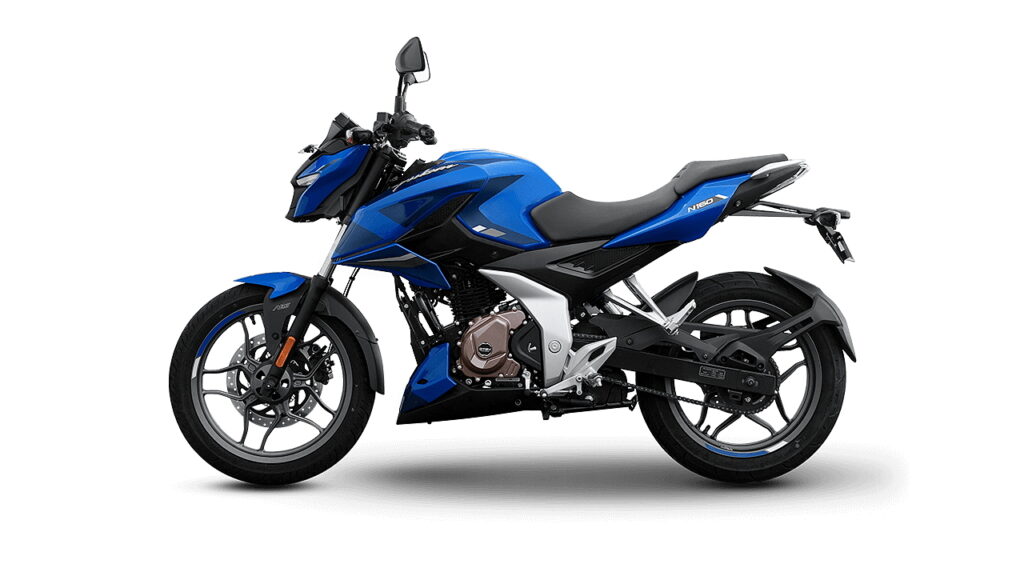
The design of the Bajaj Pulsar N160 is inspired by its elder brother.
When Bajaj debuted the N250, we liked it despite the fact that its front fascia appeared to be inspired by a certain Japanese motorcycle. The ethos was a small and tight package with a lot of oomph. However, Bajaj’s decision to replicate that design for the N160 seemed odd. So, for the most part, the N250’s elements have been borrowed for its new younger sibling.
At the front, there’s a tri-LED headlight with two brow-DRLs. Now, we tested the N250’s headlight, which had a good spread but a little less throw. Because the component is shared, we anticipate the same outcome here. The same bezel-less instrument panel with an analogue tachometer and digital speedometer sits behind the headlamp unit.
The N160 has a sculpted tank with heavy shrouds that give it an aggressive appearance. A split seat is located behind the tank. It should be noted that the N160 is the first motorcycle in its class to receive it. Finally, the motorcycle has an LED taillight on a short tail.
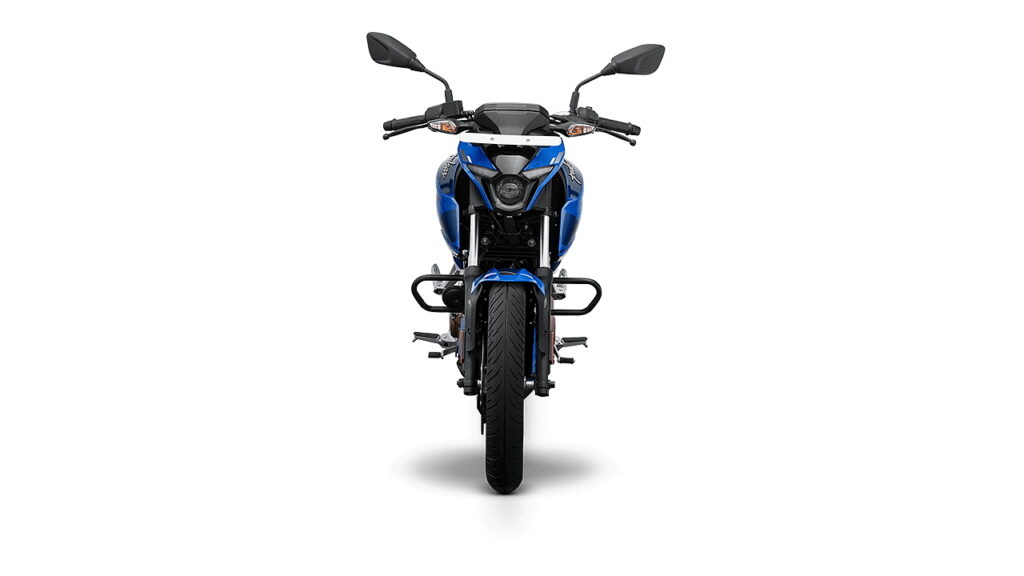
Engine and Performance of the Bajaj Pulsar N160: What a treat!
First and foremost, the N160 is powered by a 165cc oil-cooled 2-valve engine producing 15.4bhp and 15.7Nm of torque. This is not the lowest in its class, but it falls just short of the Apache 1604V. However, the difference is barely discernible. The torque is meaty at the low end, and the motorcycle never fails to keep things interesting and fun in the city. This also implies that the motorcycle can continue to lug at 35 to 40kmph in top gear. A twist of the throttle after that provides no resistance, and the bike pulls away cleanly but slightly slower.
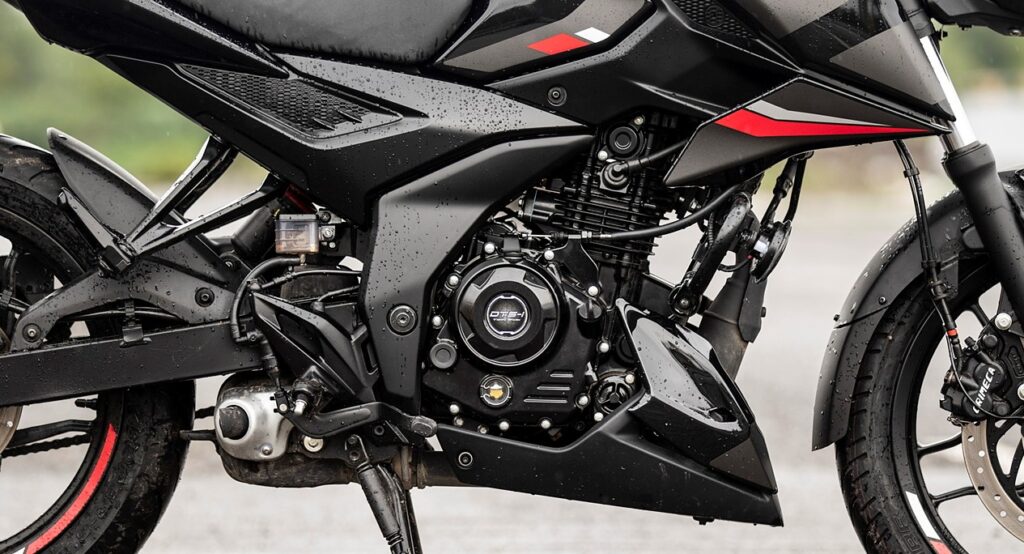
The engine is delightfully refined, and vibrations are kept to a minimum. Things did get a little shaky after 6,000 rpm, though. While the bike does not shine at the top end, it does not run out of gas until it reaches 100kmph. You can feel the engine gasping and clawing its way to a top speed of 123kmph after that. The bike’s redline at the performance roof is clearly visible here.
In terms of transmission, the engine is mated to a 5-speed unit with quick shifts. While the light-clutch action adds to the experience, there was some false neutral and mis-slotting of the higher cogs.
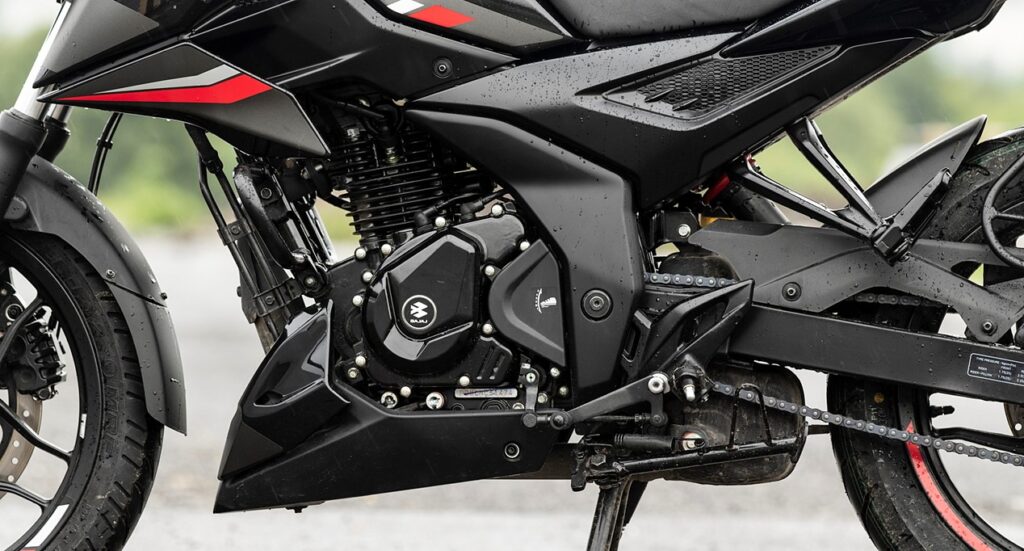
The Bajaj Pulsar N160’s ride and handling are as good as they come!
On this front, the N160 truly impressed us. The elements are essentially borrowed from the N250, which means that the suspension is telescopic forks at the front, which get chunkier in the dual channel ABS version, and a monoshock at the rear. The N160s are tuned exactly like the N250s, right down to the spring rates. The front forks did a good job of absorbing most undulations, including the worst that Pune had to offer, but the rear felt stiffer. However, the comfort deficit is compensated for during cornering.
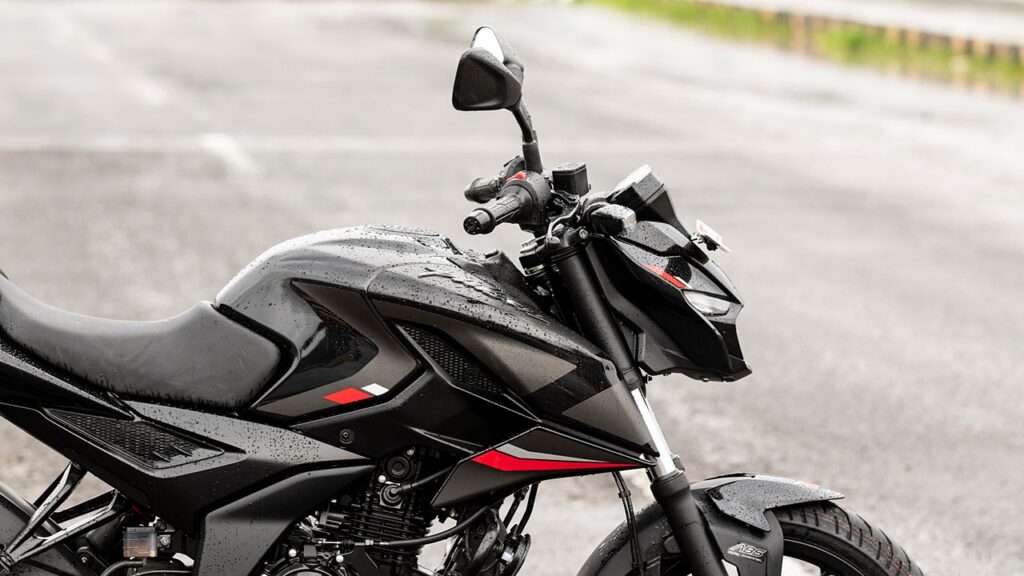
The bike attacks corners like it’s on rails, and the tyres (130 section rear, 100 section front) just add to the fun of the ride.
Verdict
Simply put, the battle for the throne has become more intense and vicious. Given what the N160 brings to the table and the price tag, the overall product appears to be the final jab before a slow knockout. This one is priced similarly to the Apache 160 4V at Rs 1.22 lakh (ex-showroom). What the bike lacks in technological tricks and electronics, it more than makes up for with its good old fun personality that comes with no ‘wires’ attached. Furthermore, it is the first to receive dual-channel ABS, which we believe is an important feature and the variant that we would recommend despite the Rs 5,000 premium.


